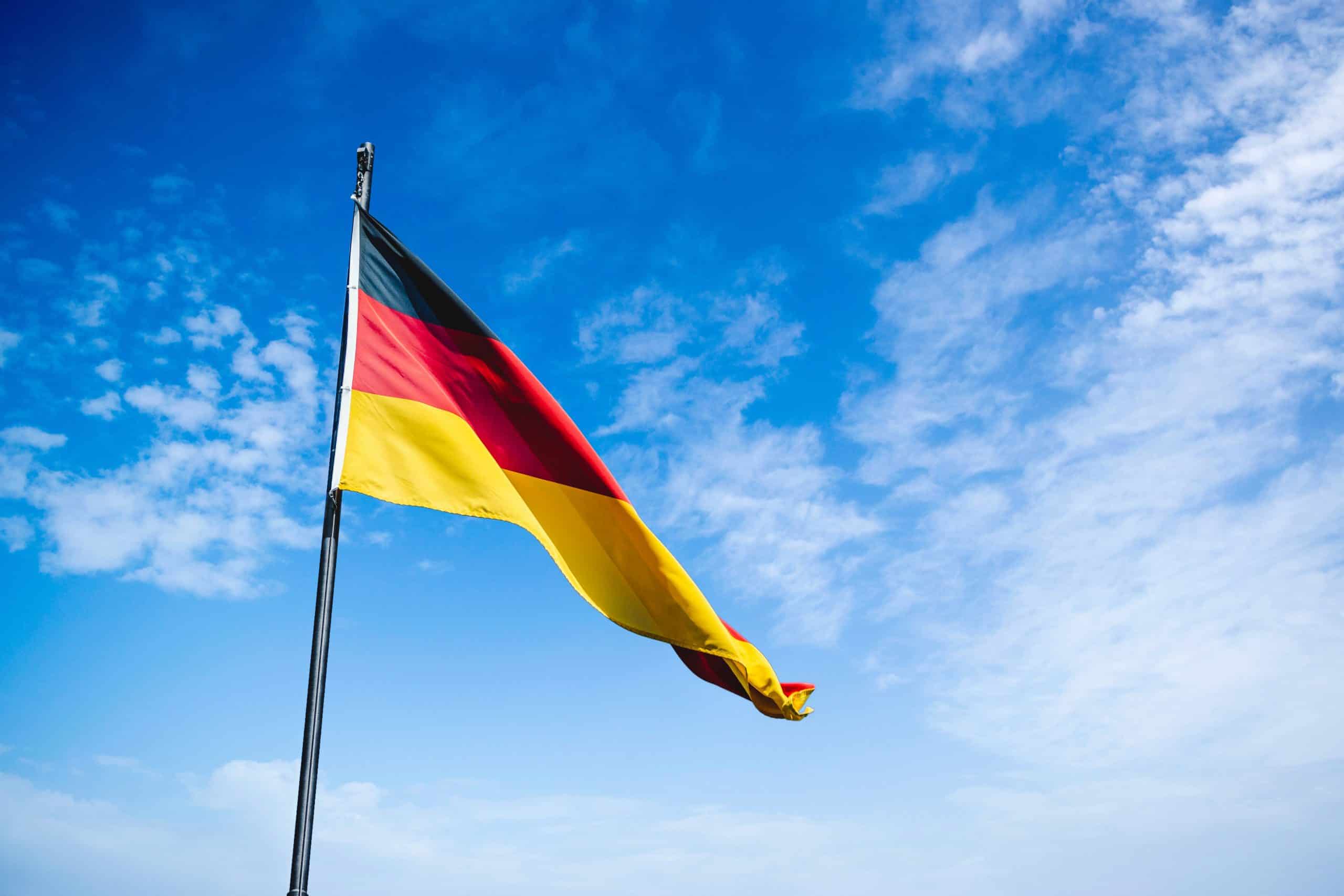
A CeBIT of IoT
CeBIT needs no introduction in the technology world; it is undeniably one of the most renowned international industry expos held annually in Hannover, Germany.
Historically part of the Hannover Messe, the world’s largest industrial fair, CeBIT has come a long way since it broke away and became a separate trade event in 1986. However, as the show celebrates its 30th birthday, gone are the days of the ‘consumer fair’ of yesteryear with smartphones, electronics and e-games gradually now being exhibited elsewhere. The CeBIT we know today has evolved, instead focusing on industry trends such as the Internet of Things (IoT), business applications of technology and the ‘digitalisation of the economy.’
As a result of this shift in focus, many have questioned CeBIT’s relevance ability to compete with the likes of the shinier, ever-burgeoning trade shows like MWC, CES and IFA. However, as Gartner predicts that by 2020 more than half of business processes will incorporate some element of IoT, CeBIT show has never been more relevant to those in the wider technology industry and beyond In fact, Deutsche Telekom reported on Monday that the number of visitors to the show had risen by about 20 per cent (93,000 attendees) compared to the footfall seen in 2015.
Nonetheless it is not CeBIT’s popularity that resonated throughout the news over the last week but its focal theme of digitalisation and IoT remained in the spotlight even as the show closed its doors on Friday. The show was bursting with over 400 examples of digitalisation and the Internet of Things, including many from start-ups, this year.
Unlike MWC and CES, all of the major show announcements at CeBIT this year were not in the domains of virtual reality, mobile or artificial intelligence. Instead, global tech goliaths such as the European Commission, Vodafone, Huawei and SAP all announced new products and partnerships within the IoT space.
Huawei used CeBIT as a platform to launch new products and IoT roadmaps, in partnership with Deutsche Telekom. The Chinese telecom giant launched a connected city lighting system that claims to be able to reduce energy bills by 80% through a multi levelling control platform.
SAP also unveiled a partnership with Vodafone to launch the IoT foundation bundle for SAP Hana. As well as exhibiting a street lamp that performs many different functions (charging station for electric vehicles, a sensor to measure pollution or a camera to study passing traffic. You name it, this lamp does it), all innovations exhibited were powered by the Internet of Things.
Away from these key announcements, CeBIT witnessed a growing number of businesses showcasing new technologies for improved IT security in response to the increasing indulgence in digitalisation and resultant vulnerability to cybercrime. Visitors were able to see real-lifescenarios highlighting typical hacker techniques, with an explanation from Airbus Defence on how it identifies and defends against cyberattack. Sophos showcased the new Heartbeat function of their security systems, which monitors firewalls in real-time to detect suspicious and potentially malicious behaviour.
Undeniably, the trade show is still very much relevant in today’s society as many companies turn to the digitalisation of business processes to make efficiencies, improve productivity and reduce costs. In the post-show report on Friday Oliver Frese, member of the managing board at Deutsche Messe AG, the company involved in the organisation of the show, explained that, “CeBIT 2016 put digitalisation at the top of the business, political and social agendas.” CeBIT brought the Internet of Things to life and made it touchable.”





